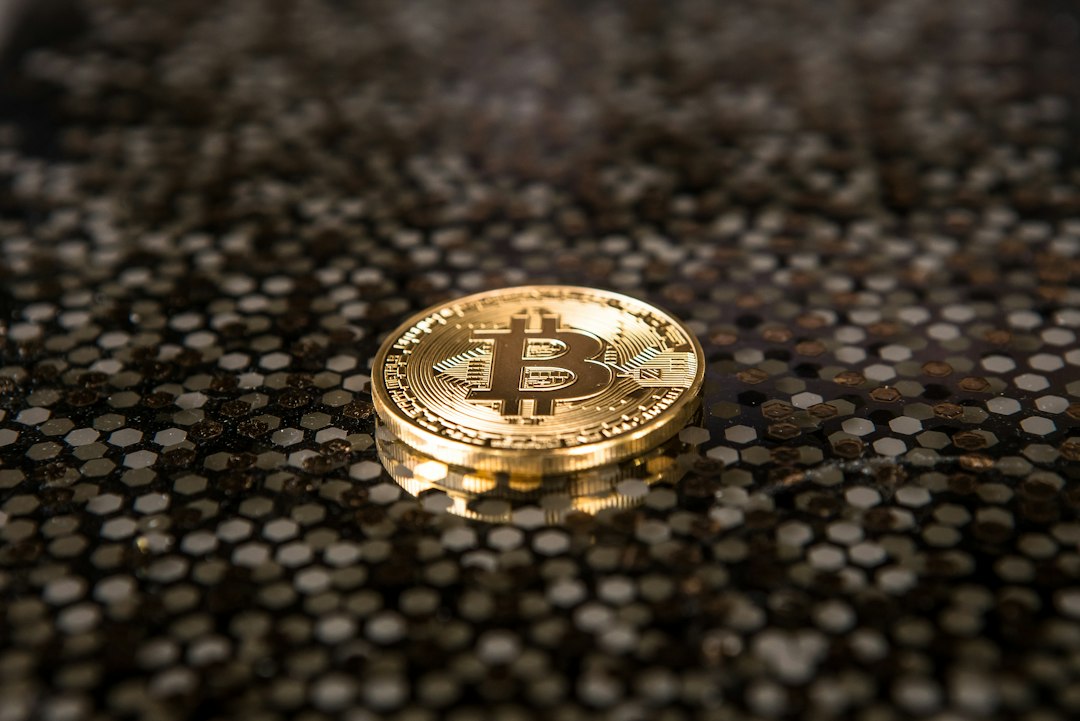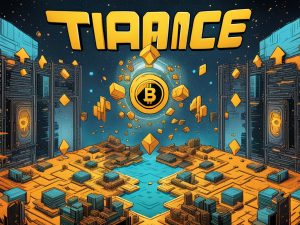Gas Coin Explained: Fueling the Ethereum Network
Are you intrigued by the world of cryptocurrencies? If so, you’ve probably heard of Ethereum, one of the most popular blockchain platforms. But have you ever wondered how Ethereum transactions are processed? This is where Gas comes into play. In this article, we will explore Gas Coin and its role in fueling the Ethereum network.
What is Gas?
Gas is the fuel that powers transactions and smart contracts on the Ethereum network. Every action performed on the Ethereum blockchain, such as sending Ether (ETH) or executing a smart contract, requires a certain amount of computational resources. These resources are measured in Gas units.
Think of Gas as the electricity required to power your car. Just as your car needs fuel to move, Ethereum transactions need Gas to be processed. Without Gas, transactions would not be able to occur on the Ethereum network.
How does Gas work?
When you initiate a transaction or execute a smart contract on Ethereum, you specify the amount of Gas you are willing to pay for that particular action. The more complex or resource-intensive the action, the higher the Gas requirement.
The Gas price is denoted in small fractions of Ether called Gwei. For example, a transaction might have a Gas price of 20 Gwei. This means that for each computational step required to process your transaction, you are willing to pay 20 billionth of an Ether.
The total cost of a transaction is calculated by multiplying the Gas price by the amount of Gas required for that specific action. For instance, if your transaction requires 1000 units of Gas and the Gas price is 20 Gwei, then your total cost will be 0.00002 ETH.
Why does Gas exist?
Gas serves multiple purposes within the Ethereum ecosystem. Firstly, it prevents spam and misuse of the network. By requiring users to pay for computational resources, it discourages malicious actors from flooding the network with unnecessary transactions.
Secondly, Gas allows miners to prioritize transactions. Miners are incentivized to process transactions with higher Gas prices first, as they receive the Gas fees as a reward. This mechanism ensures that transactions with higher fees are processed faster, enhancing the efficiency of the Ethereum network.
What is Gas Coin (GAS)?
Gas Coin, often referred to as GAS, is not a separate cryptocurrency like Bitcoin or Ethereum. Instead, it is an internal unit used within the Ethereum network to measure and allocate computational resources.
GAS is specifically used to calculate transaction fees on the Ethereum blockchain. When you send Ether or execute a smart contract, you pay these fees in GAS units.
How can you obtain GAS?
If you hold Ether in your Ethereum wallet, you will automatically accumulate GAS over time. This process is known as “gas generation.” The amount of GAS you generate depends on the amount of Ether you hold and the length of time you keep it in your wallet.
To claim your accumulated GAS, you need to interact with a compatible wallet or exchange that supports GAS distribution. It’s important to note that not all wallets and exchanges offer this feature, so it’s advisable to research and choose one that supports GAS distribution if you wish to claim your earned GAS.
Frequently Asked Questions (FAQs)
Q: Can I use Gas Coin for purchases?
A: No, Gas Coin is not intended for use as a traditional currency. It is only used for paying transaction fees on the Ethereum network.
Q: Is Gas Coin the same as Ether?
A: No, Gas Coin (GAS) and Ether (ETH) are two separate entities. While ETH is the native cryptocurrency of the Ethereum network, GAS is an internal unit used to measure computational resources and calculate transaction fees.
Q: How do Gas prices fluctuate?
A: Gas prices are determined by market demand and supply dynamics. During periods of high network congestion, Gas prices tend to increase as users compete for limited computational resources.
Q: Can I choose the Gas price for my transactions?
A: Yes, you can manually set the Gas price for your transactions. However, it’s important to strike a balance between paying a reasonable fee and ensuring your transaction is processed in a timely manner.
Gas Coin plays a crucial role in powering the Ethereum network. By understanding its function and purpose, you can navigate the world of Ethereum transactions with confidence. So next time you interact with Ethereum, remember that Gas keeps the engine running!





 By
By
 By
By
 By
By
 By
By
 By
By